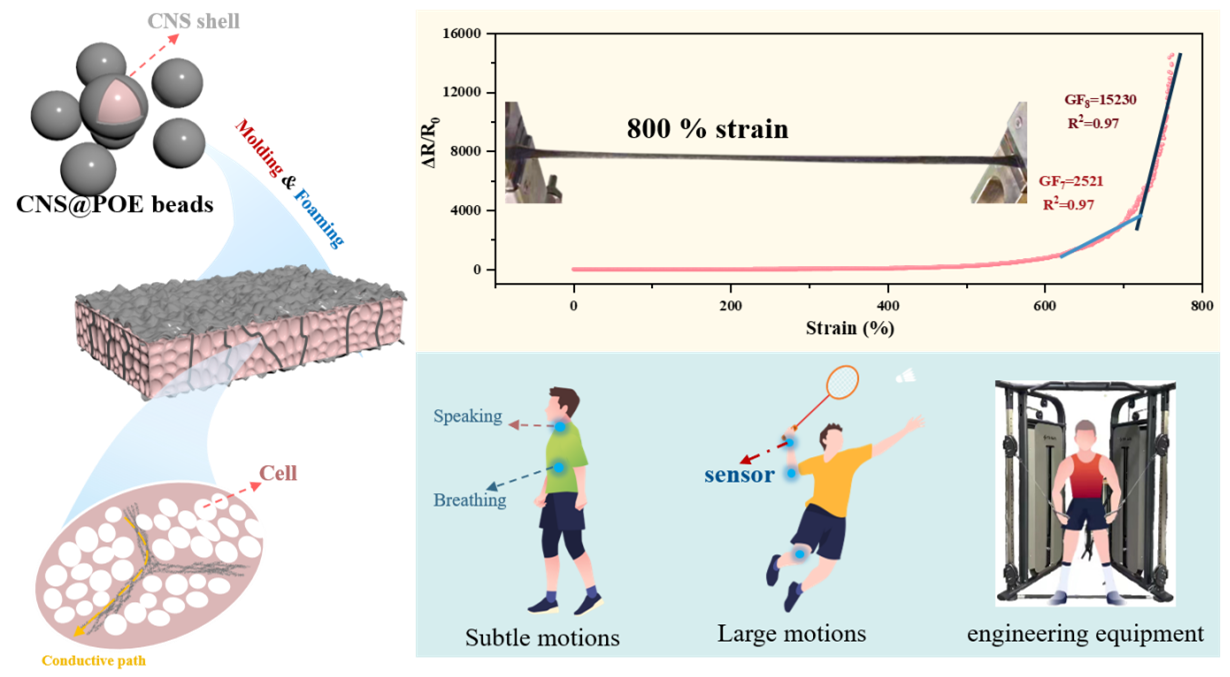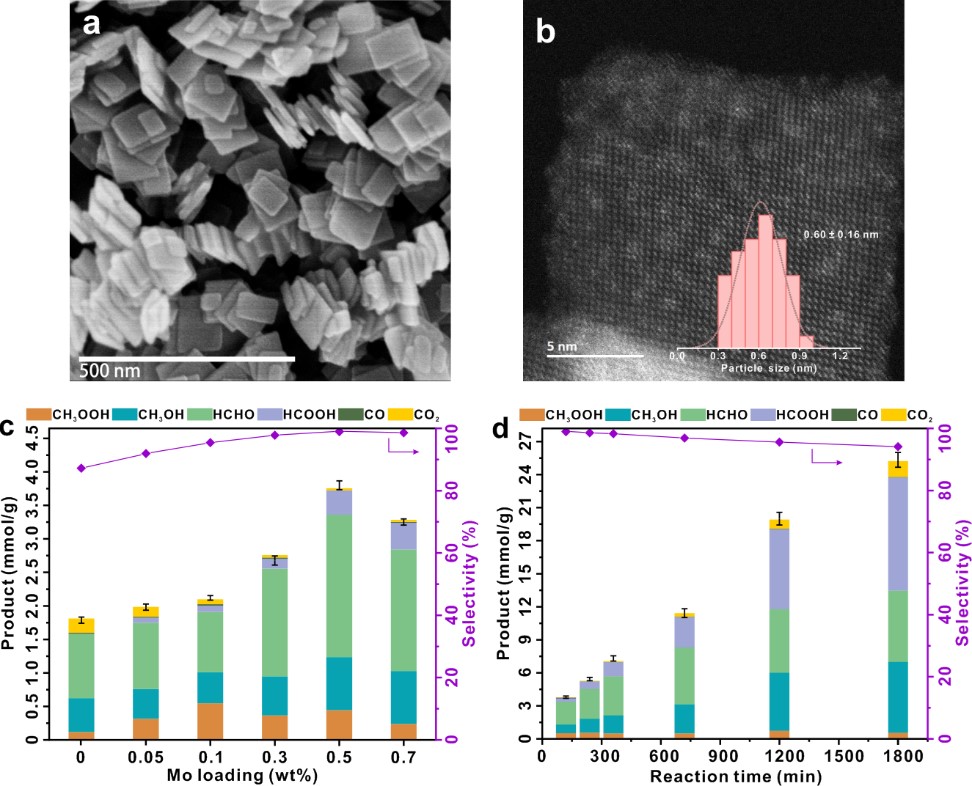2025-06-27 中国科学院(CAS)
 The POE/CNS foam sensor with segregated structure (Image by NIMTE)
The POE/CNS foam sensor with segregated structure (Image by NIMTE)
<関連情報>
- https://english.cas.cn/newsroom/research_news/phys/202506/t20250627_1046378.shtml
- https://www.sciencedirect.com/science/article/abs/pii/S2542529325000975?via%3Dihub
超広いひずみ範囲を持つ高伸縮・高感度発泡センサーの新しい設計戦略 Novel design strategy for highly stretchable and sensitive foam sensor with an ultra-wide strain range
Xueyun Li, Wei Zhou, Yu Cao, Quanyou Wei, Tianyu Jiao, Shijie Cui , Minghui Wu, Peng Xiao, Long Wang, Wenge Zheng
Materials Today Physics Available online: 2 May 2025
DOI:https://doi.org/10.1016/j.mtphys.2025.101741
Abstract
Porous conductive materials with high stretchability are promising candidate about flexible electronics. However, it is a long-standing challenge for porous sensors to have an ultra-broad strain range due to their conductive or mechanical failure. Herein, to the best of our knowledge, we firstly employed the supercritical CO2 (scCO2) foaming to prepare a thin (500 μm), waterproof, and highly stretchable polyolefin elastomer (POE)/carbon nanostructures (CNS) foam sensor with segregated structure. Compared to POE/CNS foam with randomly distributed structure, the segregated POE/CNS foam had a superior stretchability (952.5 % strain), much better elasticity (a residual strain of 13.8 %), and much lower electrical resistance (50 kΩ) owing to selective distribution of CNS. Hence segregated POE/CNS composite foam simultaneously achieved an excellent stretchability and well electrical conductivity. Additionally, the brittle conductive layer became flexible due to the diffusion of POE molecule chains into CNS, which hindered rapid crack propagation of conductive layer during stretching, extending the strain response range of foam sensor. These two reasons enabled segregated POE/CNS foam to display an ultra-wide response range from 0.5 % to 762 % strain, which was well beyond the randomly distributed POE/CNS foam (153.5 % strain). Moreover, the reconstructed conductive network structure by scCO2 foaming endowed it with high sensitivity (GF = 15230). The segregated POE/CNS foam also had a short response time (200 ms), excellent reproducibility, and long-term durability (4000 cycles). Thereby it could be applied in full-range human motion monitoring and engineering equipment.



